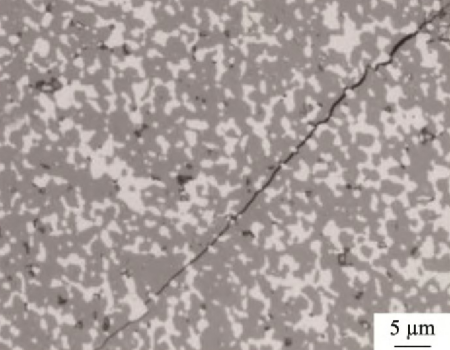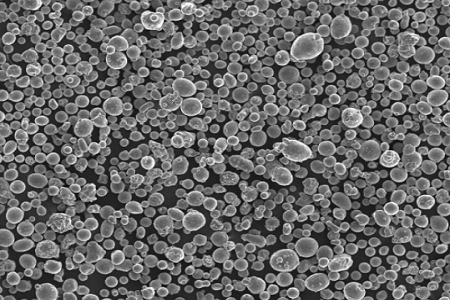The development status of advanced carbide ceramic materials for aerospace
In aerospace, with the development of science and technology, the flying speed of hypersonic aircraft has reached Mach 5 and the surface temperature of the aircraft will exceed 1000°C. Traditional thermal protection materials can no longer meet the demand, and ultra-high temperature materials have become a new research focus. Carbide ultra-high temperature ceramics have good chemical and mechanical stability such as high melting point and good thermal shock resistance, and can adapt to extreme environments such as ultra-high sound speed long-term flight, atmospheric reentry, transatmospheric flight, and rocket propulsion systems. It is applied to various key parts such as the leading edge of the wing, the nose cone, and the hot end of the engine. As an important material used in aerospace vehicles, carbide ultra-high temperature ceramic materials have attracted great attention from all countries.
At present, common carbide ultra-high temperature ceramics mainly include zirconium carbide (ZrC), tantalum carbide (TaC) and hafnium carbide (HfC), as well as ceramic matrix composite materials or multiphase materials based on them. The melting point of these three substances is above 3000℃, and they have excellent thermochemical stability and physical properties, including high elastic modulus, high hardness, low saturated vapor pressure, moderate thermal expansion rate and good thermal shock resistance. Maintain a high intensity underneath. In addition, its application as a high-temperature anti-oxidation and ablation coating technology in the aerospace field has also received general attention from various countries. It is a method of external coating protection. The principle of protection is to prepare various coatings to make materials and oxidation The ablation environment is isolated to prevent carbon and oxygen from reacting. For example, SUN W et al. deposited ZrC ceramic coating on the surface of C/C composite material by chemical vapor deposition method, which can effectively prevent the further diffusion of oxygen to the C/C collective.
In addition, because CMC-SiC cannot be used in an oxidizing environment above 1700°C for a long time, ultra-high temperature ceramic materials such as ZrC and TaC can be used for coating modification or matrix modification to develop more high temperature resistance, long life and A new type of ultra-high temperature material with integrated structure and function. Today, China already has the technical basis for CMC-SiC ultra-high temperature modification. The SiC ceramic material is currently the main aerospace mirror material, which is widely used in aviation and aerospace scanning mirrors, mirrors, and optical systems.
At present, common carbide ultra-high temperature ceramics mainly include zirconium carbide (ZrC), tantalum carbide (TaC) and hafnium carbide (HfC), as well as ceramic matrix composite materials or multiphase materials based on them. The melting point of these three substances is above 3000℃, and they have excellent thermochemical stability and physical properties, including high elastic modulus, high hardness, low saturated vapor pressure, moderate thermal expansion rate and good thermal shock resistance. Maintain a high intensity underneath. In addition, its application as a high-temperature anti-oxidation and ablation coating technology in the aerospace field has also received general attention from various countries. It is a method of external coating protection. The principle of protection is to prepare various coatings to make materials and oxidation The ablation environment is isolated to prevent carbon and oxygen from reacting. For example, SUN W et al. deposited ZrC ceramic coating on the surface of C/C composite material by chemical vapor deposition method, which can effectively prevent the further diffusion of oxygen to the C/C collective.
In addition, because CMC-SiC cannot be used in an oxidizing environment above 1700°C for a long time, ultra-high temperature ceramic materials such as ZrC and TaC can be used for coating modification or matrix modification to develop more high temperature resistance, long life and A new type of ultra-high temperature material with integrated structure and function. Today, China already has the technical basis for CMC-SiC ultra-high temperature modification. The SiC ceramic material is currently the main aerospace mirror material, which is widely used in aviation and aerospace scanning mirrors, mirrors, and optical systems.

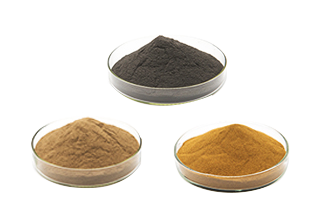
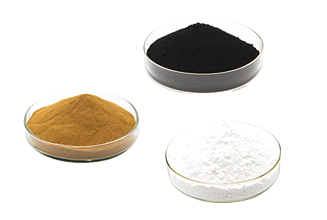
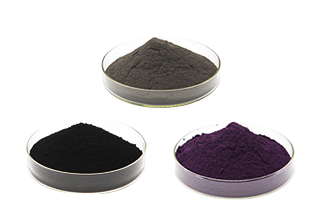
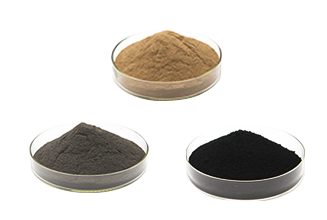
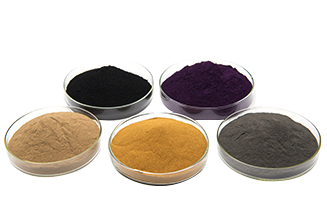
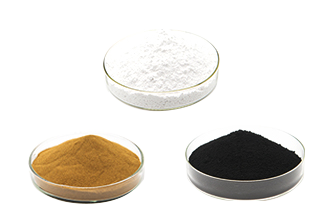
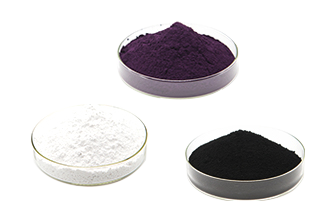



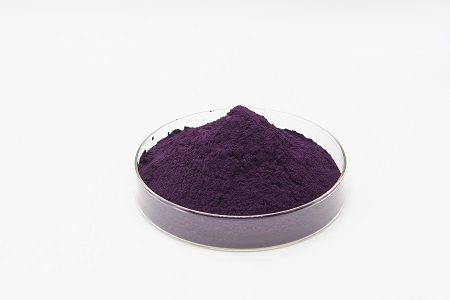
.png)
